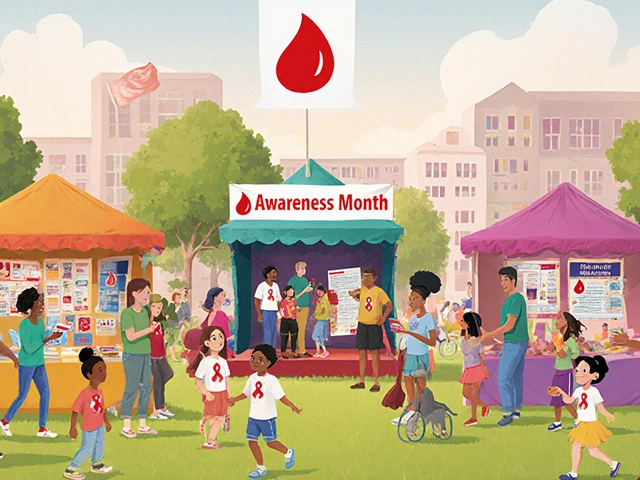FDA-Approved Medications You Can Flush Down the Toilet: What’s on the List and When to Do It
Dec 22 2025
Ever taken a pill and then felt a weird headache, stomach upset, or sudden rash? That’s a side effect – the body’s reaction to a drug that’s not the main purpose. Knowing what to look for can keep you safe and stop a small issue from turning into a big problem.
Side effects can be mild (like dry mouth), moderate (like nausea), or severe (like breathing trouble). They don’t always happen to everyone, and they can show up right away or after weeks of use. The trick is to pay attention, write things down, and know when to act.
Most medicines affect more than one part of the body. For example, pain relievers block inflammation but can also irritate the stomach lining. Here are a few patterns you’ll see often:
When you start a new drug, check the label or the info sheet for these typical reactions. If something feels off, note the exact symptom, when it started, and how severe it is.
1. Keep a simple log. A notebook or phone note works – write the medication name, dose, date, and any new feeling.
2. Don’t stop abruptly. Some drugs (like steroids or antidepressants) need a taper. Talk to a pharmacist or doctor before changing anything.
3. Hydrate and eat right. Many side effects improve with food or water. For instance, taking ibuprofen with a meal reduces stomach upset.
4. Use over‑the‑counter helpers. Antacids for heartburn, anti‑nausea tablets for stomach upset, or moisturizers for dry skin can ease mild reactions.
5. Know the red flags. Seek medical help fast if you get trouble breathing, swelling of the face or tongue, severe chest pain, sudden vision changes, or uncontrolled bleeding.
6. Report it. Many countries have online portals for reporting drug reactions. Your report helps regulators spot patterns and protect others.
Remember, side effects are a normal part of medication use, but they don’t have to be a mystery. By staying observant and proactive, you can keep your health on track while still benefiting from the treatment.
Got a question about a specific drug or supplement? Drop a comment below or ask your pharmacist. Knowing the details can save you a lot of headaches later.
Different types of medications - prescription, OTC, and herbal - come with different side effects. Learn how to spot dangerous interactions, why generics aren’t always interchangeable, and what to watch for when switching drugs.
Learn how to tell the difference between side effects, allergic reactions, and drug intolerance - and why mixing them up can lead to dangerous medical decisions. Most people who think they’re allergic aren’t.
Find out what Gyne-Lotrimin is, how to use it, common side effects, and answers to the most asked questions about this vaginal antifungal.

Dec 22 2025

Nov 2 2025

Sep 29 2025

Mar 15 2025

Dec 1 2025